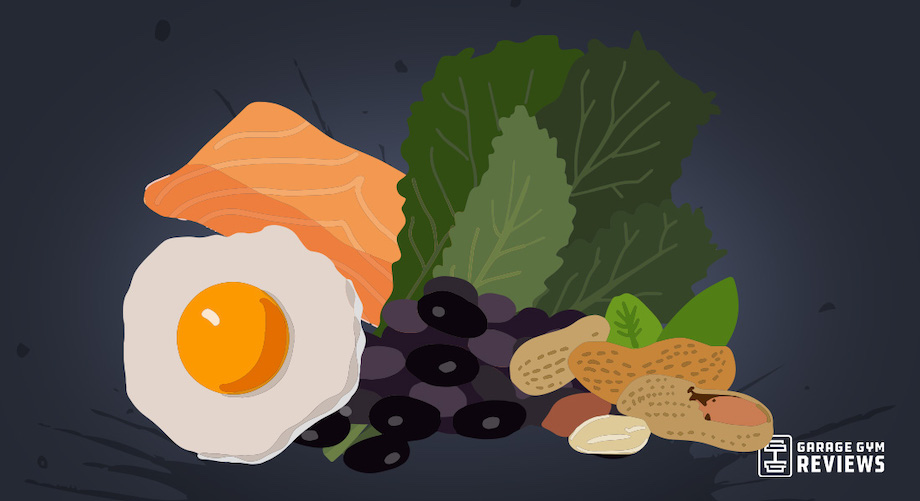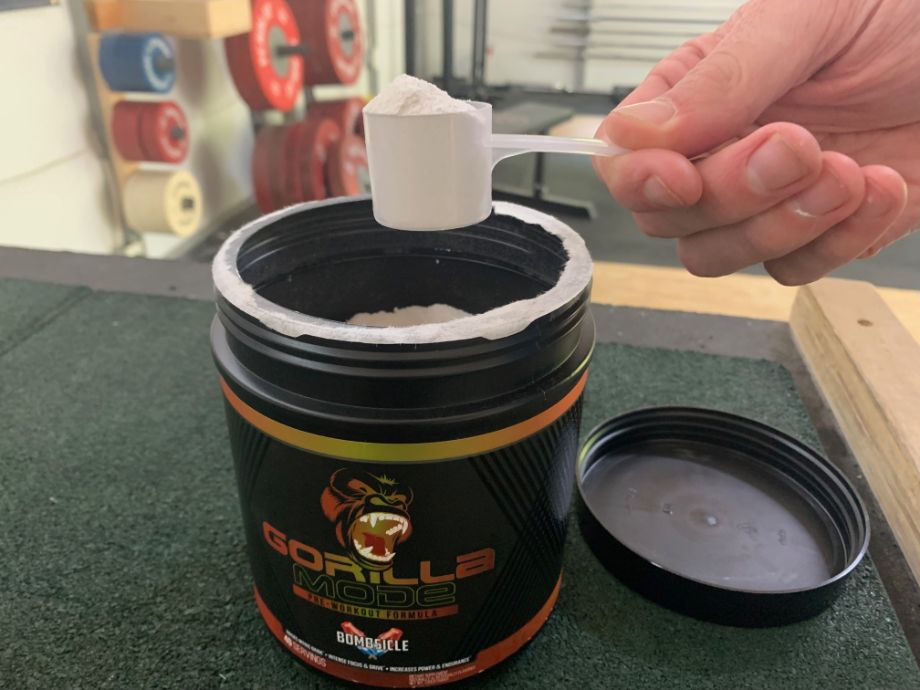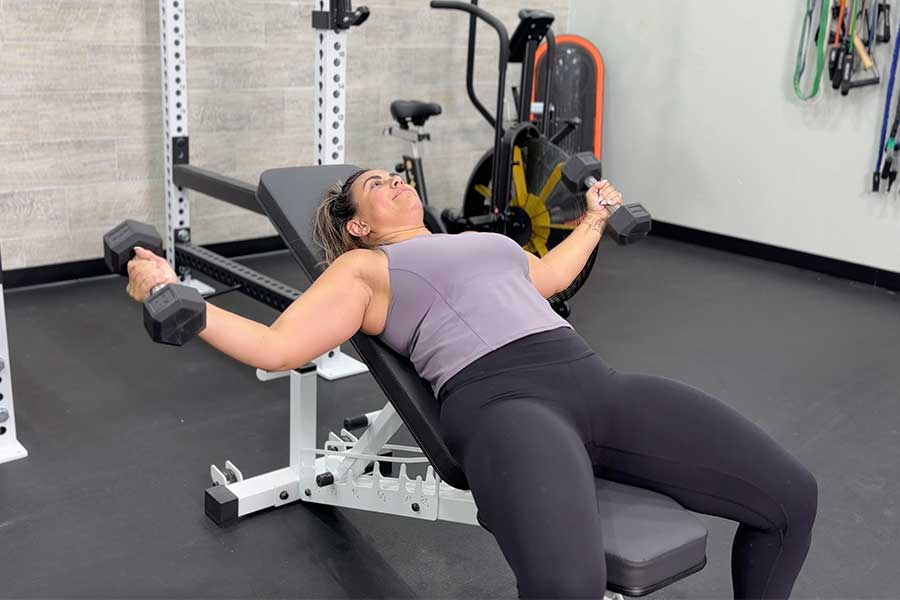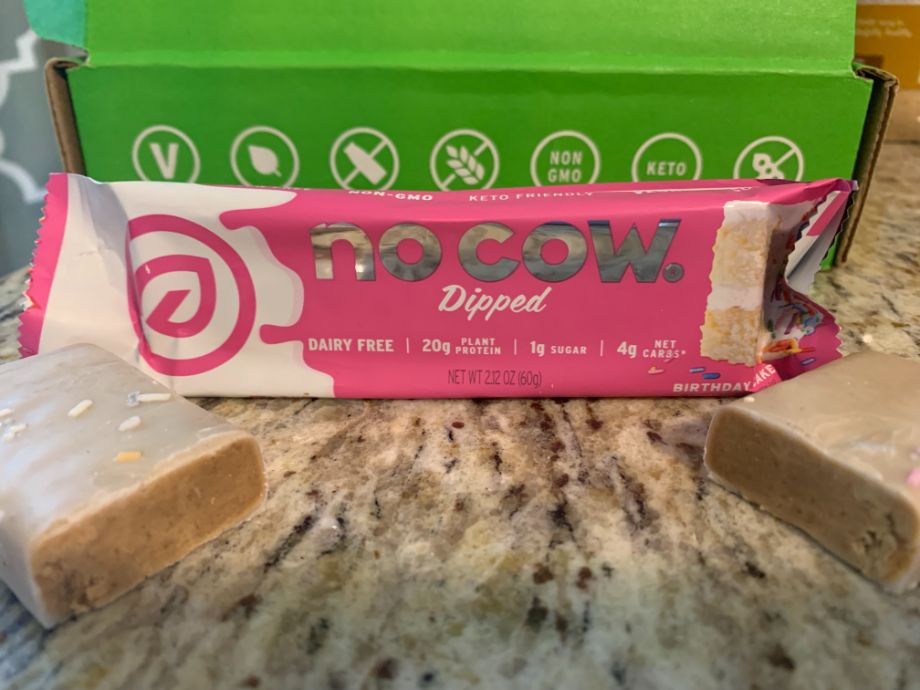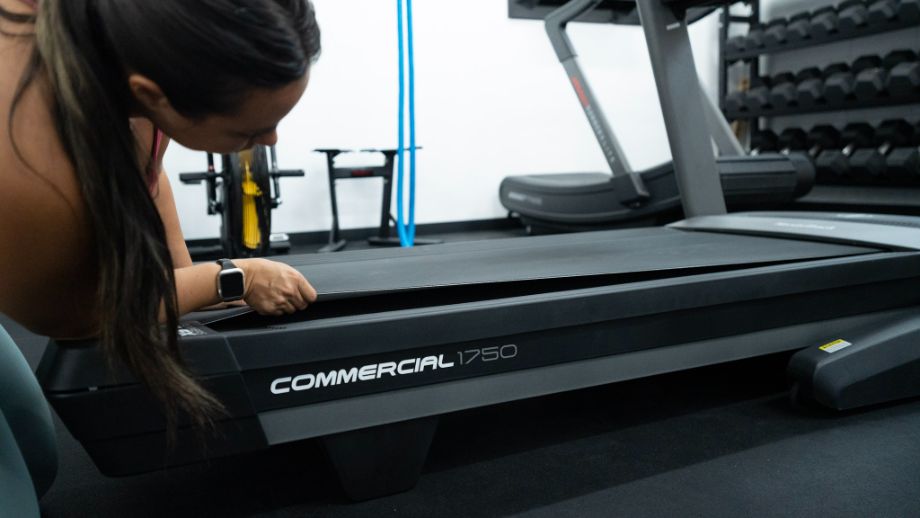You thought high-protein foods were only for bodybuilders and muscle men? Think again. Believe it or not, no matter what your gender, you need even more protein for successful fat loss than you do for muscle gain1.
In this article featuring a high-protein foods list for weight loss, we’ll go over dietitian-approved sources of protein from a wide variety of sources that you can include in your nutrition plan for dropping pounds. You’ll also discover why the protein content of your diet is so important to lose fat.
RELATED: High-Protein Meals
A quick note: the word “lean” is used frequently when discussing some protein options. Just know that the word “lean” in this context refers to animal sources of protein that are low in saturated fat relative to their protein content.
Another quick note: All information about the amount of protein in each food was retrieved from the U.S. Department of Agriculture’s (USDA) FoodData Central database.
Medical disclaimer: This article is intended for educational and informational purposes only. It is not intended as a substitute for medical advice. For health advice, contact a licensed healthcare provider.
High-Protein Meats for Weight Loss
Animal sources of protein are what dietitians call “high-quality” protein. They are so-named because they are complete proteins, meaning they contain all of the essential amino acids the body cannot synthesize on its own and must be obtained from food. Essential amino acids are also responsible for muscle growth, hormone production, and metabolism regulation.
The amounts of protein listed below are so given in the recommended amounts of consumption. Thus, the sources of protein that may not be as good for health are listed in slightly smaller portions, so as not to misrepresent the ratio of grams of protein to fat in that particular animal protein, or to encourage a higher consumption of meats that deliver too many unhealthy fats.
RELATED: Protein Requirements By Age
Poultry
One of the most affordable sources of lean protein, poultry tends to be one of the most popular and well-known sources of animal protein. Given its mild flavor, it can also be a versatile inclusion in any meal plan. These meats can be seasoned and batch cooked for meal plans or incorporated into almost any cuisine without contributing too many calories to your intake.
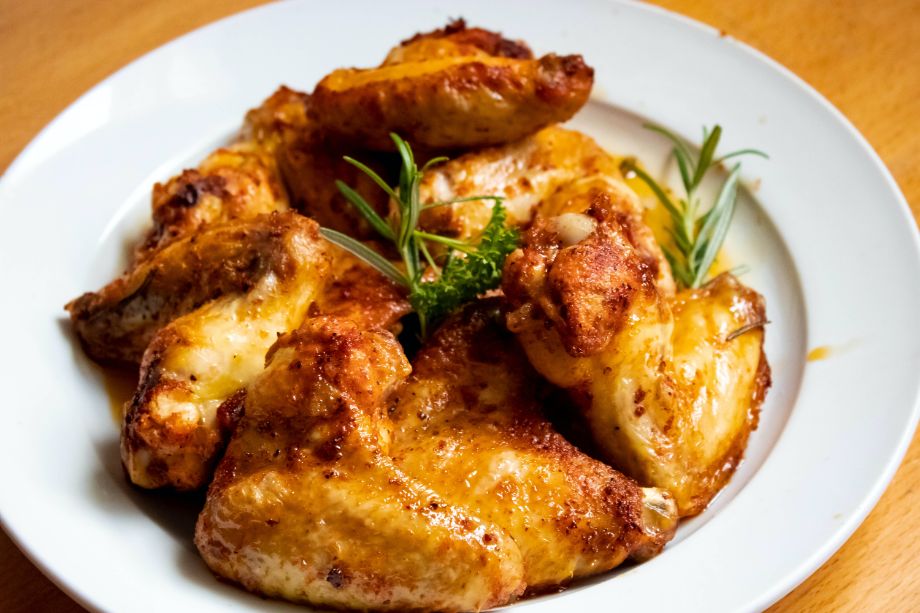
Amount of protein per 4-ounce serving (cooked):
- Turkey leg: 30 g
- Chicken breast: 26 g
- Ground chicken: 25 g
- Ground turkey (lean): 23 g
- Chicken thigh: 22 g
- Deli turkey: 16 g
Pork
Pork is a tricky meat: If you don’t pick your source carefully, you’ll likely end up with a good serving of protein, but also a good serving of saturated fat as well. Regular consumption of saturated fat puts one at risk of heart disease, so be careful with pork as your main protein source.
It’s not all bad, however. For example, you may have never guessed that, ounce for ounce, pork loin actually has more protein per serving than chicken breast, which has long been regarded as the “gold standard” for lean protein. So, read your nutrition fact labels!
You can incorporate pork products into your breakfast, make them into sandwiches, or batch cook it for meal prep.
Amount of protein per 3-ounce serving (cooked):
- Bacon: 24 g
- Pork loin: 23 g
- Ham: 18 g
- Ground pork, lean: 27 g
- Pork chop: 25 g
- Pork ribs: 18 g
- Pork sausage: 8 g
Red Meat
Just as was the case with pork, red meat also tends to be high in saturated fat. In addition, also just like pork, that doesn’t necessarily mean it should be excluded entirely as a source of protein. A little pro tip, though: Red meat that comes from game animals (such as deer, venison or bison) tends to be a bit more nutritious due to the fact that it has lived in the wild.
This is significant, because it means that game animals2 have not undergone the practices of factory farming and likely are grass-fed, not treated with hormones and come with a higher content of heart-healthy, omega-3 fatty acids. Still, regardless of the health benefits, calorie intake from fat should be minded for weight loss.
Amount of protein per 3-ounce serving (cooked):
- Venison/deer: 26 g
- Flank steak: 24 g
- Ground beef (lean): 23 g
- Sirloin steak: 23 g
- Goat: 23 g
- Bison: 22 g
- Lamb/Mutton: 21 g
- Brisket: 18 g
- Beef ribs: 18 g
Fish and Seafood
When I taught a sports nutrition course at Berkeley, my favorite phrase to relay to the athletes to help them remember which proteins were the leanest was “the less legs the better.” This means that the less legs an animal has, the more likely it is to be higher in protein and lower in saturated fat.
RELATED: Best Fish Oil Supplement
Given that most sea critters don’t have legs (except animals like crabs, but hey, I never said it was an airtight phrase), seafood tends to be one of the leanest sources of animal proteins out there. Thus, if you have it in the budget, consuming a diet rich in seafood is a healthful, low-calorie way to increase your protein intake.
If you plan to use seafood in your meal prep but are on a budget, stick to sources like tuna and tilapia. Also, look out for sales at your local grocery store, especially if there’s a family pack that could make for a solid meal prep.
Amount of protein per 4-ounce serving (cooked):
- Tuna: 32 g
- Tilapia: 30 g
- Clam meat: 29 g
- Shrimp: 27 g
- Halibut: 24 g
- Salmon: 23 g
- Lobster/Crab: 22 g
- Oyster meat: 21 g
- Cod: 20 g
- Scallops: 19 g
Eggs
Another cost-effective source of animal protein, eggs are a versatile addition to a weight loss meal plan. Also, hot take—egg whites are totally overrated! True, they help cut the total calorie intake down if you eat many eggs consistently. However, if you ditch the yolk, you also ditch half of the egg’s protein.
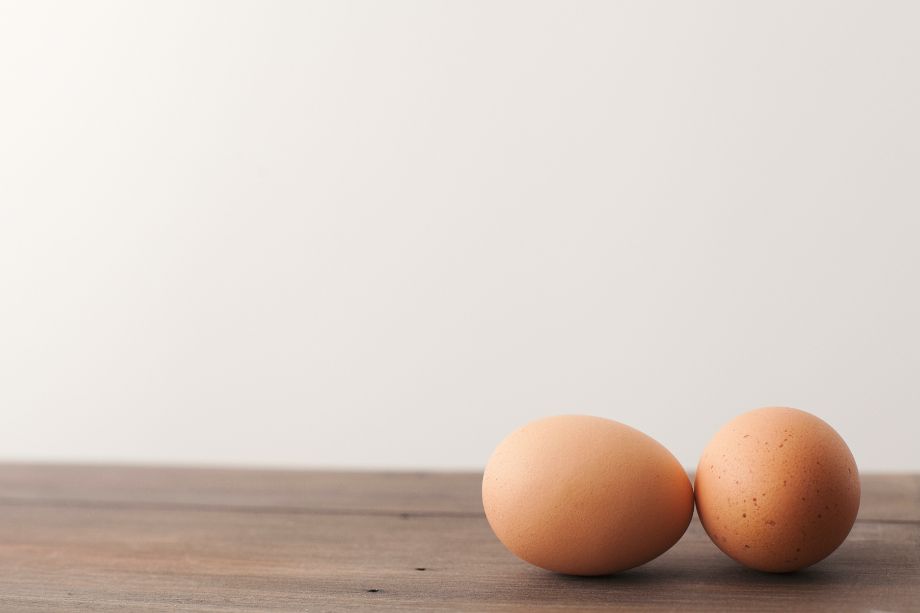
The yolk also contains important nutrients like vitamins A, E, and B. It’s also one of the rare sources of Vitamin D, which is a vitamin most Americans don’t get enough of. Eggs at breakfast aren’t a tradition for nothing, as this fat-and-protein-rich food should keep you pretty satisfied until lunch time.
Amount of protein:
- Large egg: 6 grams
- Egg white: 3.6 grams
High-Protein Dairy-Based Foods for Weight Loss
Dairy products are a lot like meat in that you can end up eating more saturated fat than you’d like if you’re not careful. Luckily, low-fat and “light” versions of your favorite dairy products are relatively easy to find in most grocery stores. As far as the “inflammatory” aspect of dairy, we talk more about that below.
Cheeses
Snacking on hard cheese like string cheese or cheddar cubes can be a great way to stay full between meals. Also, cottage cheese is one of my favorite protein options that everyone seems to have forgotten about. Low-fat cottage cheese can be pretty high in protein and make a good snack combination with canned or fresh fruit.
Amount of protein per 4-ounce serving:
- Hard cheese: 32 oz
- Soft/Cottage cheese: 14 g
- Cream cheese: 9 g
Yogurt, Kefir, and Skyr
Dairy products like yogurt, kefir, and skyr provide additional health benefits, including probiotics that are beneficial for gut health. Although research is mixed, a recent review3 suggests that regular intake of probiotics is correlated with a lower body weight.
RELATED: Best Probiotic
Amount of protein per 1-cup serving:
- Skyr (plain): 26 g
- Greek yogurt (nonfat): 22 g
- Kefir (low-fat): 10 g
Milk
Let’s make this one quick: No matter what you may have heard, any evidence-based nutritionist will tell you that milk does not4 melt your bones, cause inflammation, or any of that other crazy stuff that’s been going around lately.
In fact, studies indicate5 that people who regularly consume dairy products tend to consume more anti-inflammatory nutrients than those who do not.
That said, it appears that milk consumption is very individualized, so if you personally experience symptoms in your gut, skin, or otherwise when consuming milk, it may be more beneficial to choose another protein source.
Amount of protein per 1-cup serving:
- Whole/low-fat/skim: 8 g
High-Protein Plant Foods
Plant-based protein can be a wonderful addition to a weight loss-targeted nutrition plan due to the fact that these foods also tend to be high in fiber. Fiber, like protein, is slow to digest in the stomach and can also contribute to satiety, hunger control, and overall consumption of fewer calories.
However, these foods are rarely ever complete proteins (with the exception of soybeans and edamame). Thus, if you do not consume animal products, it is advised that you talk to a dietitian about what plant-based protein sources you should consume throughout the day to ensure your body is getting all of the essential amino acids it needs.
Beans and Legumes
These are an excellent source of plant-based protein because beans and legumes also happen to be one of the most nutrient-dense foods out there. Along with protein, they are also high in soluble fiber, which is great for heart health, digestive health, and hunger control. You can eat beans on their own or in salads and soups.
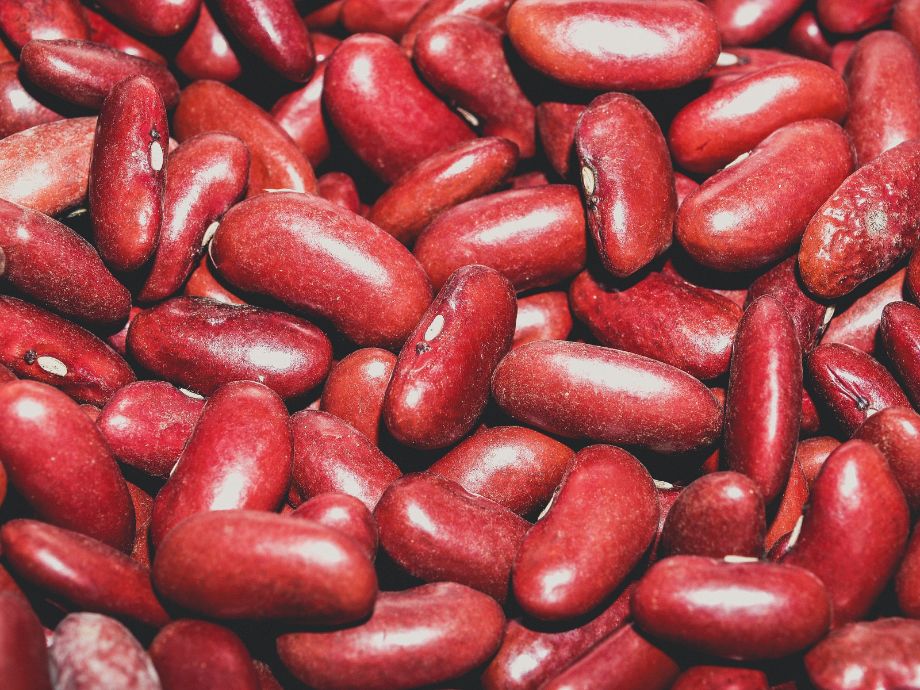
Amount of protein per 1-cup serving:
- Lentils: 18 g
- Chickpeas: 15 g
- Black/pinto beans: 16 g
- Black-eyed peas: 13 g
- Edamame: 11 g
- Green peas: 8 g
Nuts and Seeds
While nuts and seeds are pretty tasty and portable sources of healthy fats and antioxidants, they should be consumed with caution if weight loss is your goal. Calorie for calorie, they contain more fat than they do protein. So, be sure to portion these foods carefully if you want to choose them as snacks.
Amount of protein per 3-ounce serving:
- Pumpkin seeds: 15 g
- Sunflower seeds, shelled: 18 g
- Pistachios, shelled: 18 g
- Almonds: 18 g
- Peanuts: 21 g
- Cashews: 15 g
- Walnuts: 12 g
- Pecans: 8 g
Tofu and Tempeh
Tofu and tempeh have a storied history; in fact, tofu has been consumed as a soy-based source of plant protein since the Han dynasty. Tofu is pressed from soy milk and made into firm blocks, while tempeh is made into blocks from whole soybeans, so it has more protein than tofu. When roasted and properly seasoned, tofu and tempeh can be used in recipes like any animal protein.
Amount of protein per 3-ounce serving:
- Tofu (firm): 7 g
- Tempeh: 16 g
Seitan
Seitan is like tofu and tempeh, but is not made from soybeans. Instead, it’s made from gluten, which is the protein portion of wheat. Due to the texture, it may be more of an acquired-taste addition to a diet than tofu is and it is higher in calories, but it has significantly more protein.
Amount of protein per 3-ounce serving:
- Seitan: 64 g
Whole Grains
Grains are a source of carbs, but can provide some protein as well. Due to the fact that they still include bran, which contains most of the vitamins, fiber, and plant-based protein, whole grains have more protein than refined grains (food like white bread and white rice).
Amount of protein per 4-ounce serving:
- Whole wheat pasta: 16 g
- Whole wheat bread: 15 g
- Barley: 14 g
- Bulgur: 14 g
- Oats: 13 g
- Quinoa: 5 g
- Brown rice: 3 g
Protein Supplements for Weight Loss
While whole foods are always preferred, and dietary supplements should do just that—supplement your diet—protein powder can be another way to fortify your daily protein intake.
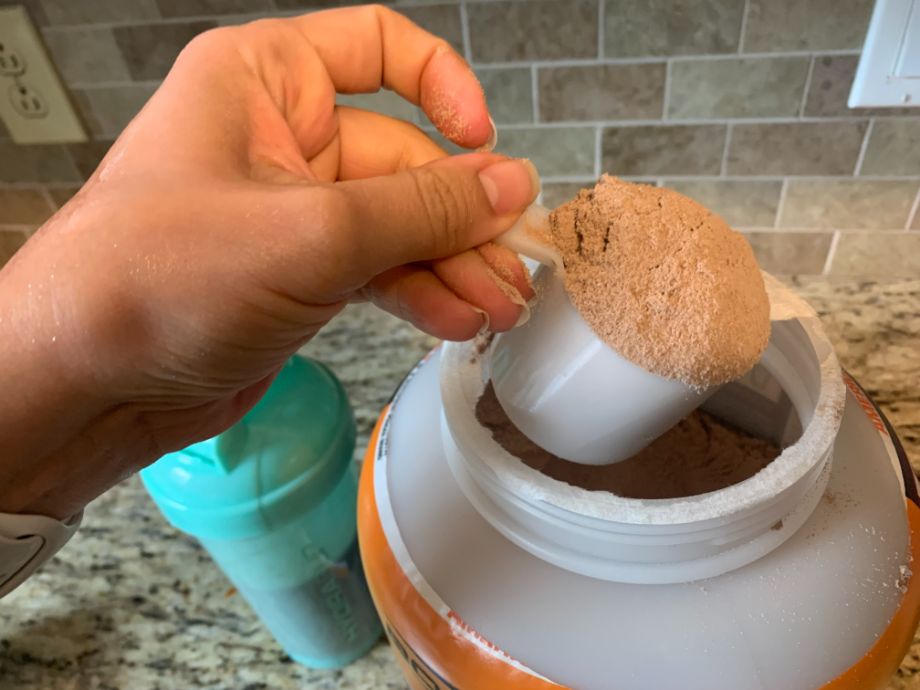
Amount of protein in 1 serving:
- Whey protein powder: Approx. 20-25 g
- Vegan protein powder: Approx. 20 g
Best High-Protein Foods for Weight Loss
The best high-protein foods for weight loss are the foods that are what nutritionists call “calorie-efficient.” This translates to a food giving a hefty amount of protein for the amount of calories you would need to consume to get it.
For example, we did not include nut butters on this list because, for .5 cup of peanut butter, you would need to eat 750 calories to get 32 grams of protein. For comparison, you could eat twice as much shredded chicken (1 cup), only consume 150 calories and still get 32 grams.
TL;DR you can eat more food for less calories to meet your protein requirements if you’re choosing calorie-efficient foods. Most sources of lean meats and low- or non-fat dairy products are usually calorie-efficient.
Plant-based proteins can help with calorie efficiency by being used as supplemental protein. For example, if you were to eat a salad with chicken on it as your protein, add .5 cup of chickpeas or black beans. Not only will this tack on 8 extra grams of protein, but you’ll also get some fiber for better hunger control (which we’ll talk more about later) and long-lasting energy.
Play around with protein combinations to keep your meals balanced. Remember, although protein intake is important for weight loss, balanced meals are important for health. Ideally, you’d want your high-protein meal to still have a carb and some sort of fruit or vegetable.
Work out which combinations of high-protein foods here can construct a balanced meal when you’re sorting out your nutrition plan, and you’ve got a solid weight loss plan on your hands.
Why Protein is Important for Weight Loss
For a person who wants to lose weight, a high-protein diet is pretty much essential. When it comes to macronutrients, you don’t feel full for long after eating carbohydrates since they break down so quickly in the stomach, with the exception being fiber.
RELATED: Macros for Weight Loss
It’s true, protein digests slower than carbs, but faster than fat. The problem with fat, however, is that it contains more than twice the number of calories per gram than protein. Therefore, it’s a less-than-ideal tool for weight loss and hunger control.
A high-protein diet prompts additional mechanisms in the body that make weight loss easier as well. Let’s take a look at some of them:
Helps You Eat Fewer Calories
As mentioned, protein takes a relatively long time to digest when compared to carbohydrates and is lower in calories than fat. Thus, ingesting more protein can improve satiety, or the feeling of fullness, by stimulating hunger-inhibiting hormones. According to science6, the longer you feel satiated from protein, the fewer calories you tend to consume.
As weight loss cannot be achieved unless you’re eating fewer calories than your body burns, the ability to maintain a sense of satiety throughout the day is crucial for supporting sustainable weight loss, so you don’t feel deprived or starving.
RELATED: Protein Powder for Weight Loss
Builds and Maintains Muscle Mass
It’s no secret that proteins are the building blocks of muscle, and there have been tons of studies confirming7 that dietary protein, especially when that protein is rich in essential amino acids, stimulates muscle growth. The question is, how does this relate to weight loss?
Evidence suggests that more muscle mass can translate to more efficient workouts as the more muscle fibers there are to recruit, the more calories you can burn during exercise. More muscle mass can also result in a slightly higher resting metabolic rate, which is one reason men tend to lose weight a lot easier than women.
The study also states that protein helps to prevent the loss of lean mass in a calorie deficit. Meaning that, when dieting for weight loss, a high protein intake can help you preserve muscle and, in turn, preserve a faster metabolism.
Supports Metabolism
As suggested by a recent study1, a high protein intake can cause an increased DIT, or diet-induced thermogenesis. DIT is defined as the percentage of calories burned from digesting food. The study states that the percentage of calories burned for each macronutrient is the following: 0% to 3% of total calories for fat, 5% to 10% for carbohydrates, and 20% to 30% for proteins.
As you can see, by far, the macronutrient that contributes the most metabolic energy burn is protein. Let’s be very clear, however: These percentages refer to the macronutrients being consumed in isolation. Due to the fact that we typically consume a mixture of macronutrients, these numbers are not as clear-cut as they seem on paper.
However, it’s still good to keep in mind that, given this data, it’s a smart idea to include a higher percentage of protein in your diet than the other macronutrients.
High-Protein Foods List for Weight Loss: Final Thoughts
Although we established that eating enough protein is key to achieve a lower body weight, that does not mean you should start a keto or low-carb diet. On the contrary, combining carbohydrates with protein is how you maintain a balanced diet, gain muscle mass and sustain consistent energy levels throughout the day.
That said, protein does seem to have the unique functions of influencing muscle metabolism, controlling hunger hormones, and supporting a healthy metabolism. So, to recap, this is how you can use high-protein foods to aid with weight loss:
- Choose your animal proteins wisely by picking lean sources
- Select low-fat, non-fat, or “lite” dairy products when possible
- Ensure that your protein foods are “calorie-efficient”
- Consult a dietitian if you are attempting to lose weight on an exclusively plant-based diet
Combine these dietary patterns with a solid exercise regimen, preferably one that includes strength training, and you’ll be in great shape (no pun intended).
High-Protein Foods List for Weight Loss: FAQs
What are the five foods that burn belly fat?
There are no specific foods that can burn belly fat on their own. The best way to burn overall body fat is to be in a calorie deficit on a diet full of protein-rich foods and plenty of fruits and veggies to control hunger and support health.
Can you lose weight on a high-protein diet?
A high-protein diet can absolutely help you lose weight. In fact, it’s the best way. Just make sure you are in a calorie deficit, or weight loss cannot be achieved.
What should I eat at night to lose weight?
Weight loss or weight gain is not determined by the time of day you eat. However, if you tend to get late-night cravings, it is advised to choose a good source of protein to snack on such as Greek yogurt, protein chips, protein bars, or even something like roasted chickpeas.
How much protein should I eat per day to lose weight?
The National Academy of Sports Medicine (NASM) recommends a daily protein intake of “about 1.6 to 2.2 grams of protein per kilogram8 of bodyweight.” The recommendation becomes 2.2 to 3.4 grams per kilogram for athletes and those who are regularly active.
RELATED: How Much Protein Do You Need?
References
- Moon J, Koh G. Clinical Evidence and Mechanisms of High-Protein Diet-Induced Weight Loss. J Obes Metab Syndr. 2020;29(3):166-173. doi:10.7570/jomes20028
- Milczarek A, Janocha A, Niedziałek G, Zowczak-Romanowicz M, Horoszewicz E, Piotrowski S. Health-Promoting Properties of the Wild-Harvested Meat of Roe Deer (Capreolus capreolus L.) and Red Deer (Cervus elaphus L.). Animals (Basel). 2021;11(7):2108. Published 2021 Jul 15. doi:10.3390/ani11072108
- Álvarez-Arraño V, Martín-Peláez S. Effects of Probiotics and Synbiotics on Weight Loss in Subjects with Overweight or Obesity: A Systematic Review. Nutrients. 2021;13(10):3627. Published 2021 Oct 17. doi:10.3390/nu13103627
- Ulven SM, Holven KB, Gil A, Rangel-Huerta OD. Milk and Dairy Product Consumption and Inflammatory Biomarkers: An Updated Systematic Review of Randomized Clinical Trials. Adv Nutr. 2019;10(suppl_2):S239-S250. doi:10.1093/advances/nmy072
- Bordoni A, Danesi F, Dardevet D, et al. Dairy products and inflammation: A review of the clinical evidence. Crit Rev Food Sci Nutr. 2017;57(12):2497-2525. doi:10.1080/10408398.2014.967385
- Pesta DH, Samuel VT. A high-protein diet for reducing body fat: mechanisms and possible caveats. Nutr Metab (Lond). 2014;11(1):53. Published 2014 Nov 19. doi:10.1186/1743-7075-11-53
- Protein for muscle gain – Stokes T, Hector AJ, Morton RW, McGlory C, Phillips SM. Recent Perspectives Regarding the Role of Dietary Protein for the Promotion of Muscle Hypertrophy with Resistance Exercise Training. Nutrients. 2018;10(2):180. Published 2018 Feb 7. doi:10.3390/nu10020180
- Dieter, B. (2022). Protein and Weight Loss: How Much Protein Do You Need to Eat per Day?. NASM. Retrieved on August 24, 2023, from https://blog.nasm.org/nutrition/how-much-protein-should-you-eat-per-day-for-weight-loss


